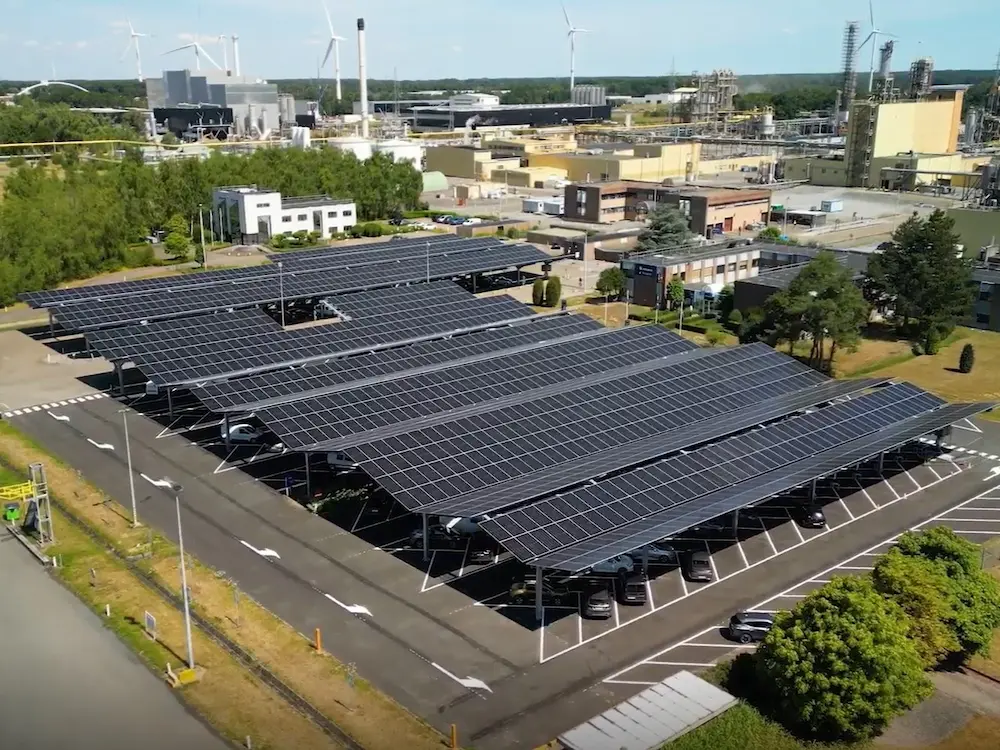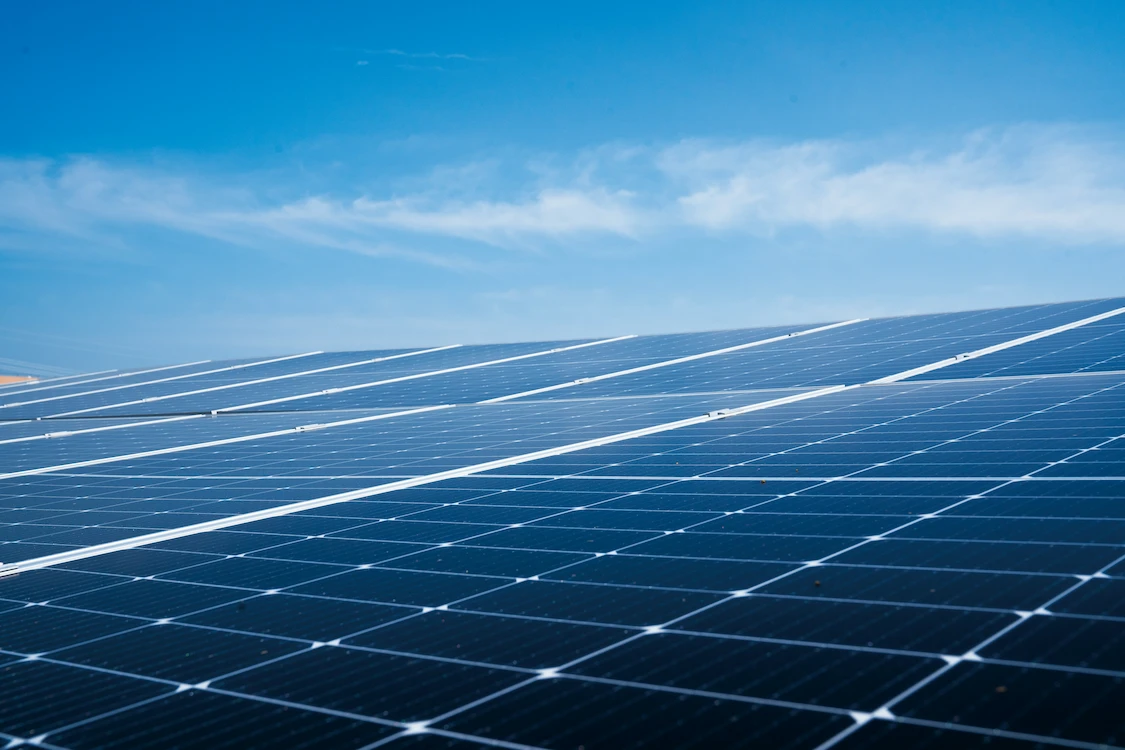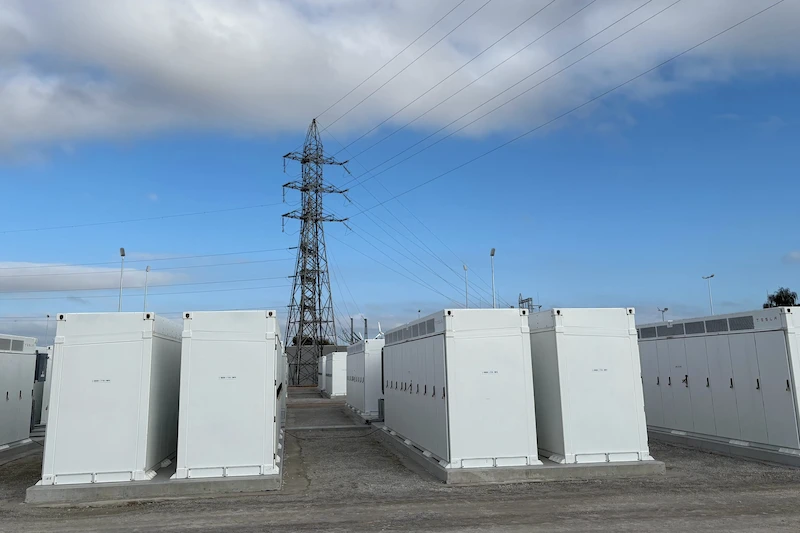Cordoba

Introduction
Enersynt, in collaboration with EnergyVille, KU Leuven, Elicio, Marlinks, Yuso, and with support from Blauwe Cluster and Flux50, conducted the CORDOBA research project over a three-year period. The project aimed to deepen understanding and knowledge of offshore hybrid grids while developing essential calculation tools and models for planning, operating, and investing in hybrid offshore systems.
Project background
The expansion of offshore wind farms is vital for Europe's energy transition, targeting a 450 GW offshore wind capacity by 2050—a twenty-fold increase from current levels. As offshore wind capacity grows, efficient transmission of generated electrical energy to shore becomes increasingly crucial. While current connections suffice for individual windfarms, the proliferation of larger interconnected farms necessitates a more integrated, cross-border approach. CORDOBA aimed to develop decision-support tools and operational models to facilitate hybrid offshore connections. Existing technical tools, primarily designed for radial direct connections, lack the sophistication required for hybrid connections. Within the CORDOBA project, our objective was to develop an optimization model for offshore grid design, addressing various scales from inter-array collection circuits to bulk generation and transmission expansion within the North Sea region.
Work packages
The CORDOBA research project encompassed several work packages aimed at advancing our understanding of offshore hybrid grids and developing essential tools for their optimization and management.
Grid Design Optimization Model
This package developed a robust optimization model for Hybrid Offshore Assets, accommodating multiple wind farms and storage components. Incorporating dynamic and stochastic optimization techniques, the model aimed to address wind power uncertainty and optimize costs for complex offshore grid configurations.
Coordinated Control Model
Focused on system stability, this package designed a coordinated control model for Hybrid Offshore Assets, determining optimal power set points for HVDC interconnectors, wind farms, and storage devices. By considering hundreds of grid states, the model aimed to minimize imbalances and ensure effective system management.
Effect of System Design on Services Provision
Investigating the impact of system design on services provision, this package surveyed regulatory frameworks and formulated revenue-sharing and investment participation models for hybrid offshore assets. By parameterizing regulatory frameworks, the package aimed to facilitate efficient collaboration and investment in offshore grid projects.
Validation and Application
Finally, the developed models and tools were applied to test cases to validate their applicability. Through rigorous testing, the project successfully demonstrated the practical utility and effectiveness of the developed models in optimizing and managing offshore hybrid grids.
Role of Enersynt
Enersynt played a critical role throughout the project lifecycle, leveraging our extensive experience in connecting renewables to the grid. We collaborated closely with our project partners to formulate initial research questions, define modelling objectives and constraints, develop models for optimizing offshore grids, analyze and test modelling outcomes, and disseminate research findings. As part of the project, we hosted Stephen Hardy, who contributed to his PhD dissertation based on some project findings and has since joined our team, enhancing our techno-economic optimization capabilities.
Conclusion
The CORDOBA project significantly augmented our knowledge and expertise in offshore hybrid grids and provided essential calculation tools and models for planning, operating, and investing in hybrid offshore systems. Consequently, we are well-equipped to support partners in developing large-scale energy projects such as HVDC interconnectors and hybrid offshore assets.
Case studies

Luxembourg PV

Northwester 2

Borealis Solar Carports

Stora Enso Solar PV

Efficiency assessment transmission projects

Neptune H2opZee






